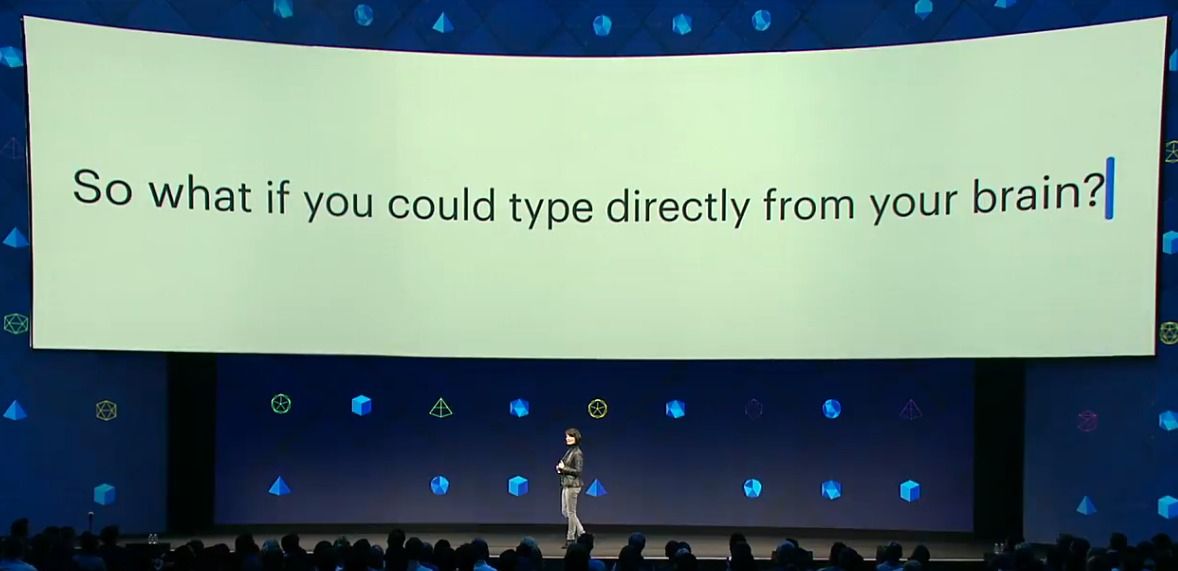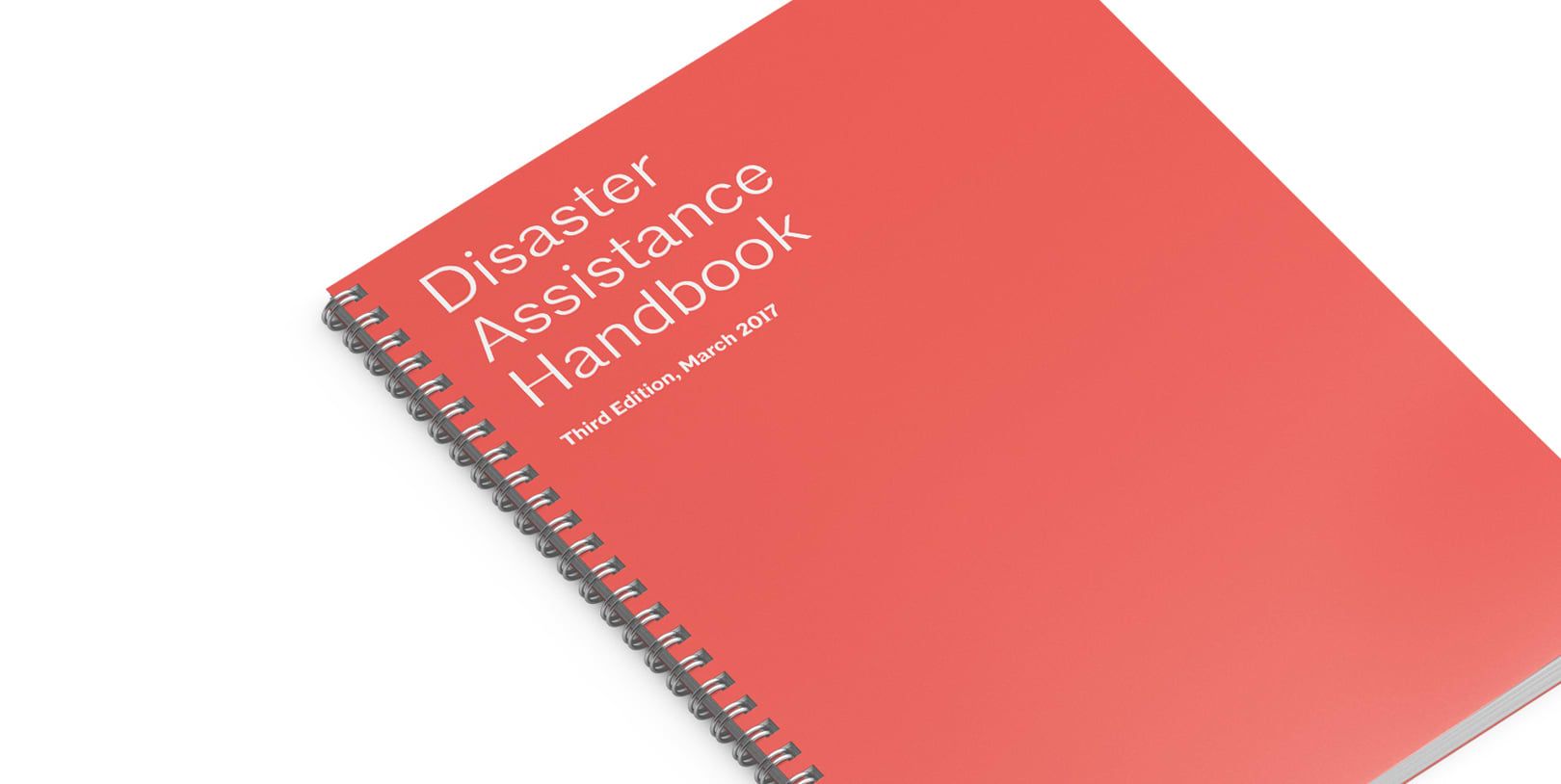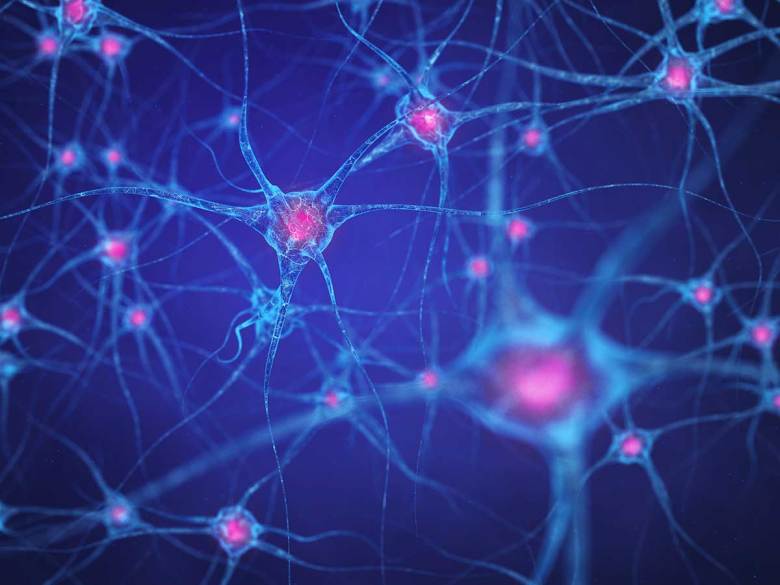I will admit that I have been distracted from both popular discussion and the academic work on the risks of emergent superintelligence. However, in the spirit of an essay, let me offer some uninformed thoughts on a question involving such superintelligence based on my experience thinking about a different area. Hopefully, despite my ignorance, this experience will offer something new or at least explain one approach in a new way.
The question about superintelligence I wish to address is the “paperclip universe” problem. Suppose that an industrial program, aimed with the goal of maximizing the number of paperclips, is otherwise equipped with a general intelligence program as to tackle with this objective in the most creative ways, as well as internet connectivity and text information processing facilities so that it can discover other mechanisms. There is then the possibility that the program does not take its current resources as appropriate constraints, but becomes interested in manipulating people and directing devices to cause paperclips to be manufactured without consequence for any other objective, leading in the worse case to widespread destruction but a large number of surviving paperclips.
This would clearly be a disaster. The common response is to take as a consequence that when we specify goals to programs, we should be much more careful about specifying what those goals are. However, we might find it difficult to formulate a set of goals that don’t admit some kind of loophole or paradox that, if pursued with mechanical single-mindedness, are either similarly narrowly destructive or self-defeating.
Suppose that, instead of trying to formulate a set of foolproof goals, we should find a way to admit to the program that the set of goals we’ve described is not comprehensive. We should aim for the capacity to add new goals with a procedural understanding that the list may never be complete. If done well, we would have a system that would couple this initial set of goals to the set of resources, operations, consequences, and stakeholders initially provided to it, with an understanding that those goals are only appropriate to the initial list and finding new potential means requires developing a richer understanding of potential ends.
Continue reading “The Nonparametric Intuition: Superintelligence and Design Methodology” »
















